Verizon’s $5 Billion Gamble on Small Businesses: A Play for Supply Chain Dominance – AInvest

Report on Verizon’s Small Business Initiative and Its Alignment with Sustainable Development Goals
Executive Summary
This report analyzes Verizon’s $5 billion commitment to U.S. small businesses, announced in May 2025. The initiative, titled the Small Business Supplier Accelerator, is a strategic effort to enhance supply chain resilience, foster economic growth, and drive innovation. A significant focus of this analysis is the program’s direct alignment with several United Nations Sustainable Development Goals (SDGs), particularly SDG 8 (Decent Work and Economic Growth), SDG 9 (Industry, Innovation, and Infrastructure), SDG 10 (Reduced Inequalities), and SDG 17 (Partnerships for the Goals).
Program Overview: The Small Business Supplier Accelerator
Core Components and Financial Commitment
The Small Business Supplier Accelerator is a five-year program designed to integrate small and diverse enterprises into Verizon’s corporate ecosystem. Its primary objective is to build a pipeline of one million digitally capable small businesses by 2030. Key components include:
- Direct Financial Commitment: A pledge to spend $5 billion with U.S. small businesses over five years, with a stated priority for veteran-owned enterprises.
- Reformed Supplier Terms: Implementation of operational flexibility, including accelerated payment schedules, reduced insurance requirements, and modified indemnification clauses to lower barriers to entry for smaller suppliers.
Digital Empowerment and Strategic Partnerships
A central pillar of the initiative is capacity building, directly contributing to long-term sustainability for small enterprises.
- Small Business Digital Ready Program: A complimentary online platform providing access to over 50 courses, expert coaching, and networking opportunities. The program is supplemented by a grant component, which has disbursed $13.5 million since 2021.
- Strategic Alliances: Collaboration with non-profit organizations such as the Local Initiatives Support Corporation (LISC) to expand access to capital, mentorship, and resources for underserved businesses.
Alignment with Sustainable Development Goals (SDGs)
SDG 8: Promoting Decent Work and Economic Growth
Verizon’s initiative directly supports SDG 8 by stimulating local economies. By channeling $5 billion into small businesses, the program fosters job creation and provides stable, long-term contracts that promote decent work. The emphasis on veteran-owned businesses further contributes to inclusive economic growth for specific community segments.
SDG 9: Fostering Industry, Innovation, and Infrastructure
The program is a strategic investment in resilient infrastructure as outlined in SDG 9. By diversifying its supplier base with local small businesses, Verizon mitigates risks associated with global supply chain disruptions. Furthermore, the Digital Ready program equips these businesses with advanced technological skills, fostering a more innovative and competitive industrial base capable of supporting next-generation infrastructure like 5G.
SDG 10 & 17: Reducing Inequalities Through Partnerships
The initiative addresses SDG 10 by creating economic opportunities for smaller enterprises that often face barriers to partnering with large corporations. By reforming its procurement processes, Verizon actively works to reduce inequalities in market access. The collaboration with LISC exemplifies SDG 17, demonstrating a partnership between the private sector and civil society to achieve common development goals, ensuring resources reach underserved communities.
Strategic Implications and Market Opportunities
Enhancing Supply Chain Resilience
The primary corporate driver for the initiative is the fortification of Verizon’s supply chain. Localizing its supplier network reduces dependency on single-source or international providers, thereby increasing operational stability. The flexible payment terms address critical cash-flow challenges for small vendors, ensuring their viability and creating a more agile and cost-effective partner ecosystem.
Unlocking New Markets and Innovation
Beyond risk mitigation, the program is a vehicle for market expansion and innovation.
- Local Economic Integration: By nurturing small businesses in various regions, Verizon strengthens its community ties, which can unlock new customer bases and service markets.
- Innovation Pipeline: Empowered small business partners can evolve into collaborators for deploying new technologies, such as 5G infrastructure and cloud solutions, creating an external talent and innovation pool that benefits Verizon’s long-term growth.
Risk Assessment and Investor Outlook
Key Performance Indicators for Monitoring
While the financial commitment is substantial, the program’s long-term success depends on measurable outcomes. Key metrics for investors to monitor include:
- Program Engagement and Utilization: The rate of enrollment and completion within the Digital Ready program and the successful achievement of the one million business target by 2030.
- Supply Chain Metrics: Tangible improvements in supplier diversity, reduction in project delays, and cost efficiencies attributed to the integration of small vendors.
- Competitive Response: Strategic actions from competitors like AT&T and T-Mobile in the small business and supply chain diversification space.
Financial Analysis and Competitive Position
Verizon’s financial standing, with a market capitalization of $180 billion and a 6.3% dividend yield, provides the necessary stability to support this long-term investment. The market has responded positively, with an 8% stock increase following the announcement, outpacing the S&P 500. This suggests investor confidence in the strategy’s potential to create sustainable value and widen Verizon’s competitive lead.
Conclusion
Verizon’s $5 billion Small Business Supplier Accelerator represents a sophisticated strategy that merges corporate resilience with sustainable development. By investing in the stability and digital fluency of small businesses, Verizon not only secures its supply chain but also makes a material contribution to achieving key SDGs related to economic growth, innovation, and equality. For investors with a long-term horizon, the initiative positions Verizon as a forward-thinking leader in an increasingly complex global economy, making its stock a compelling consideration for portfolios focused on stability and sustainable growth.
Relevant Sustainable Development Goals (SDGs)
- SDG 8: Decent Work and Economic Growth
- SDG 9: Industry, Innovation, and Infrastructure
- SDG 10: Reduced Inequalities
- SDG 17: Partnerships for the Goals
Identified SDG Targets
-
SDG 8: Decent Work and Economic Growth
- Target 8.3: Promote development-oriented policies that support productive activities, decent job creation, entrepreneurship, creativity and innovation, and encourage the formalization and growth of micro-, small- and medium-sized enterprises, including through access to financial services.
Explanation: The article details Verizon’s “Small Business Supplier Accelerator,” a program designed to foster the growth of small businesses. It does this by providing direct financial access through a “$5 billion pledge” and “$10,000 grants,” and by supporting entrepreneurship and innovation through the “Small Business Digital Ready program.”
- Target 8.3: Promote development-oriented policies that support productive activities, decent job creation, entrepreneurship, creativity and innovation, and encourage the formalization and growth of micro-, small- and medium-sized enterprises, including through access to financial services.
-
SDG 9: Industry, Innovation, and Infrastructure
- Target 9.3: Increase the access of small-scale industrial and other enterprises… to financial services, including affordable credit, and their integration into value chains and markets.
Explanation: The initiative’s primary goal is to integrate small businesses into Verizon’s supply chain (a major value chain). It increases their access through “faster payment terms, reduced insurance burdens,” and direct financial commitments, which helps them participate in the market.
- Target 9.3: Increase the access of small-scale industrial and other enterprises… to financial services, including affordable credit, and their integration into value chains and markets.
-
SDG 10: Reduced Inequalities
- Target 10.2: By 2030, empower and promote the social, economic and political inclusion of all, irrespective of… economic or other status.
Explanation: The program specifically aims to reduce inequalities by “prioritizing veteran-owned enterprises” and strengthening its presence in “underserved regions.” This promotes the economic inclusion of specific, often marginalized, groups and communities.
- Target 10.2: By 2030, empower and promote the social, economic and political inclusion of all, irrespective of… economic or other status.
-
SDG 17: Partnerships for the Goals
- Target 17.17: Encourage and promote effective public, public-private and civil society partnerships, building on the experience and resourcing strategies of partnerships.
Explanation: The article describes a multi-stakeholder partnership between a large private corporation (Verizon), small businesses, and civil society organizations like the “Local Initiatives Support Corporation (LISC).” This collaboration mobilizes financial resources and expertise to achieve shared economic goals.
- Target 17.17: Encourage and promote effective public, public-private and civil society partnerships, building on the experience and resourcing strategies of partnerships.
Implied Indicators for Measuring Progress
-
For Targets 8.3 and 9.3
- Total financial commitment to small businesses: The article explicitly states a “$5 billion pledge to U.S. small businesses over five years.”
- Value of grants distributed: The article mentions that “$13.5 million” has already been distributed since 2021 through “$10,000 grants.”
- Number of businesses supported: The article states a goal “to create a pipeline of 1 million small businesses by 2030” and notes that the Digital Ready program had over “500,000+ businesses by 2021.”
- Number of training resources provided: The Digital Ready platform offers “over 50 courses.”
-
For Target 10.2
- Proportion of support to specific groups: While no number is given, the “prioritizing veteran-owned enterprises” is a key policy indicator that could be measured by tracking the percentage of the $5 billion spend directed to these businesses.
-
For Target 17.17
- Number and type of partners engaged: The article identifies the key partners as Verizon (private sector), LISC (civil society), and small businesses. The number of small businesses engaged (goal of 1 million) is a direct indicator of the partnership’s scale.
SDGs, Targets, and Indicators Analysis
| SDGs | Targets | Indicators |
|---|---|---|
| SDG 8: Decent Work and Economic Growth | 8.3: Promote policies for entrepreneurship and growth of small- and medium-sized enterprises. |
|
| SDG 9: Industry, Innovation, and Infrastructure | 9.3: Increase the access of small-scale enterprises to financial services and their integration into value chains. |
|
| SDG 10: Reduced Inequalities | 10.2: Empower and promote the social and economic inclusion of all. |
|
| SDG 17: Partnerships for the Goals | 17.17: Encourage and promote effective public-private and civil society partnerships. |
|
Source: ainvest.com

What is Your Reaction?
 Like
0
Like
0
 Dislike
0
Dislike
0
 Love
0
Love
0
 Funny
0
Funny
0
 Angry
0
Angry
0
 Sad
0
Sad
0
 Wow
0
Wow
0
























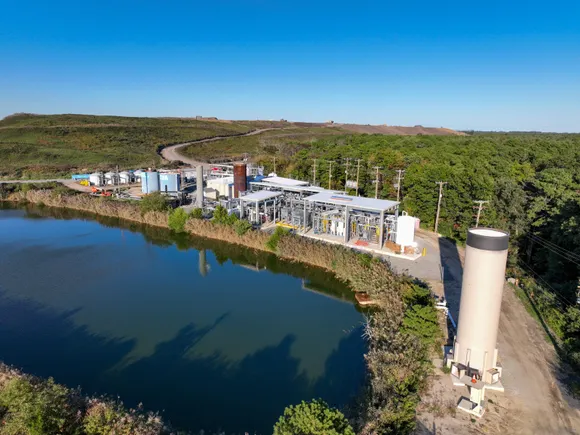







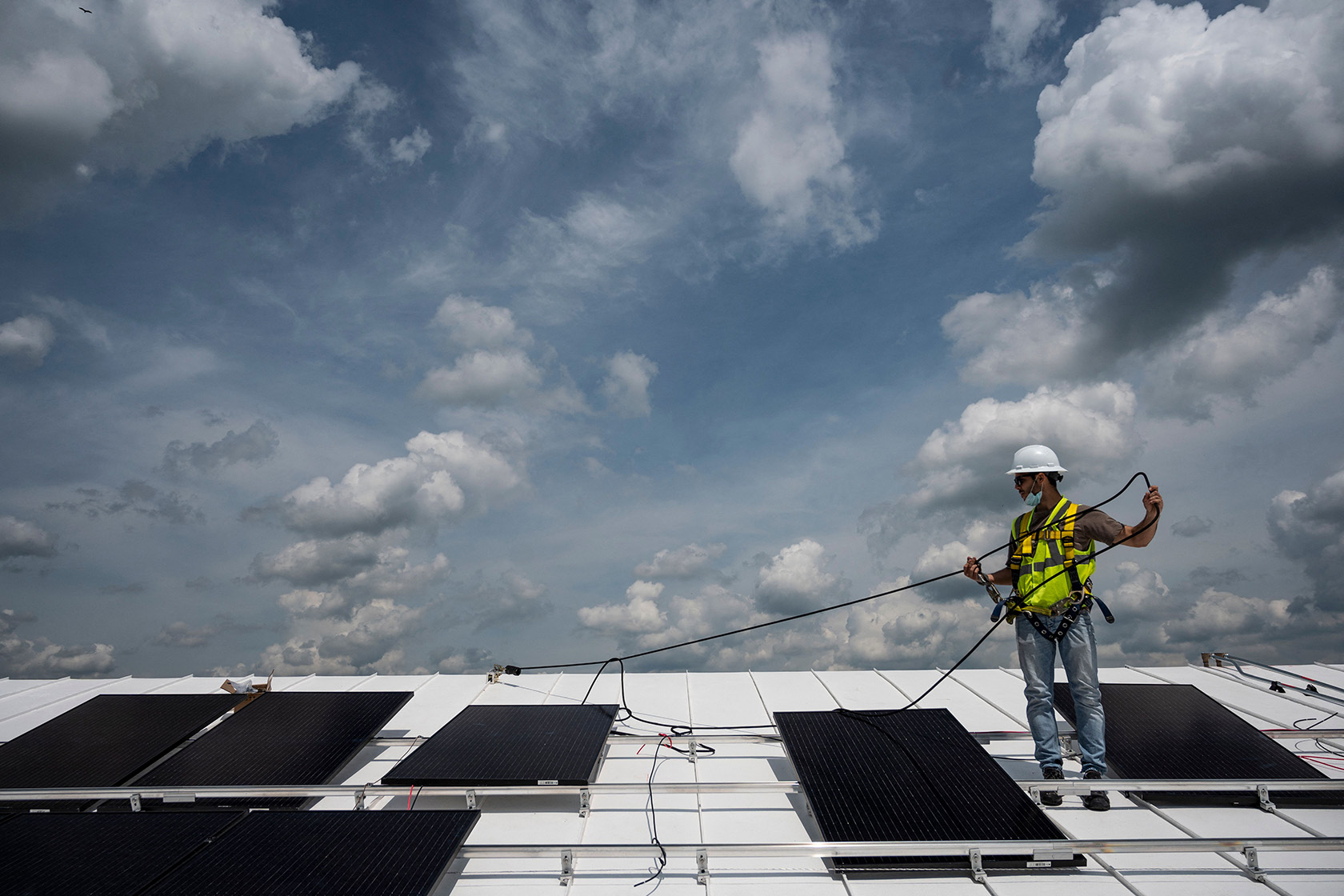



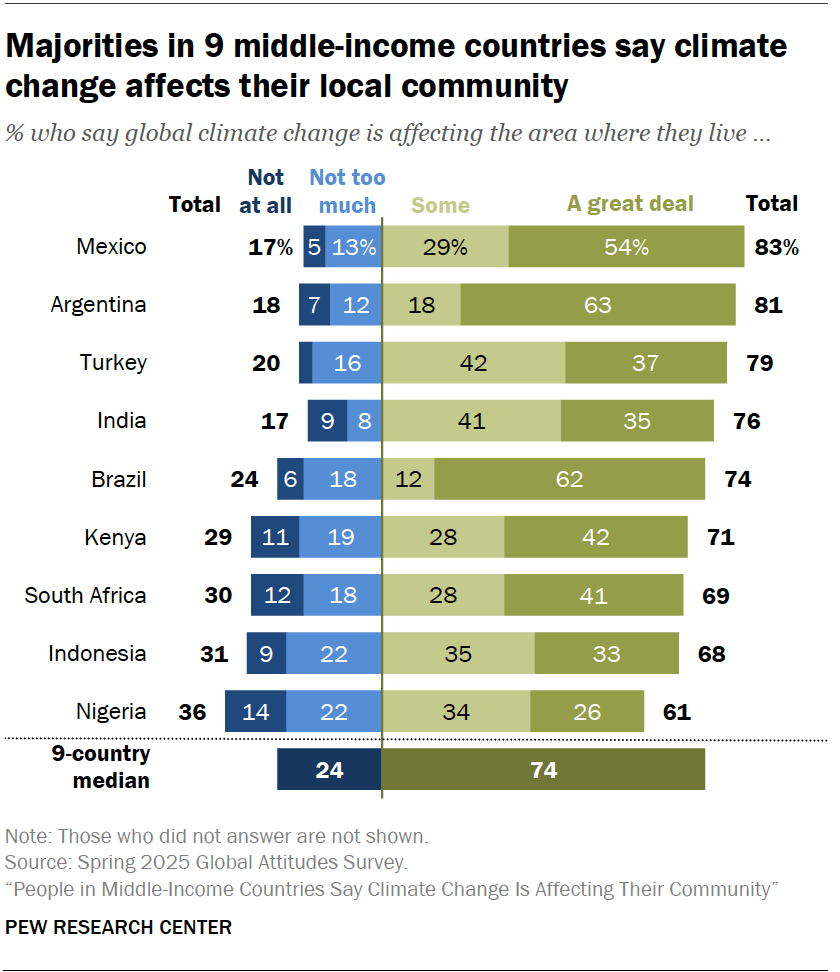

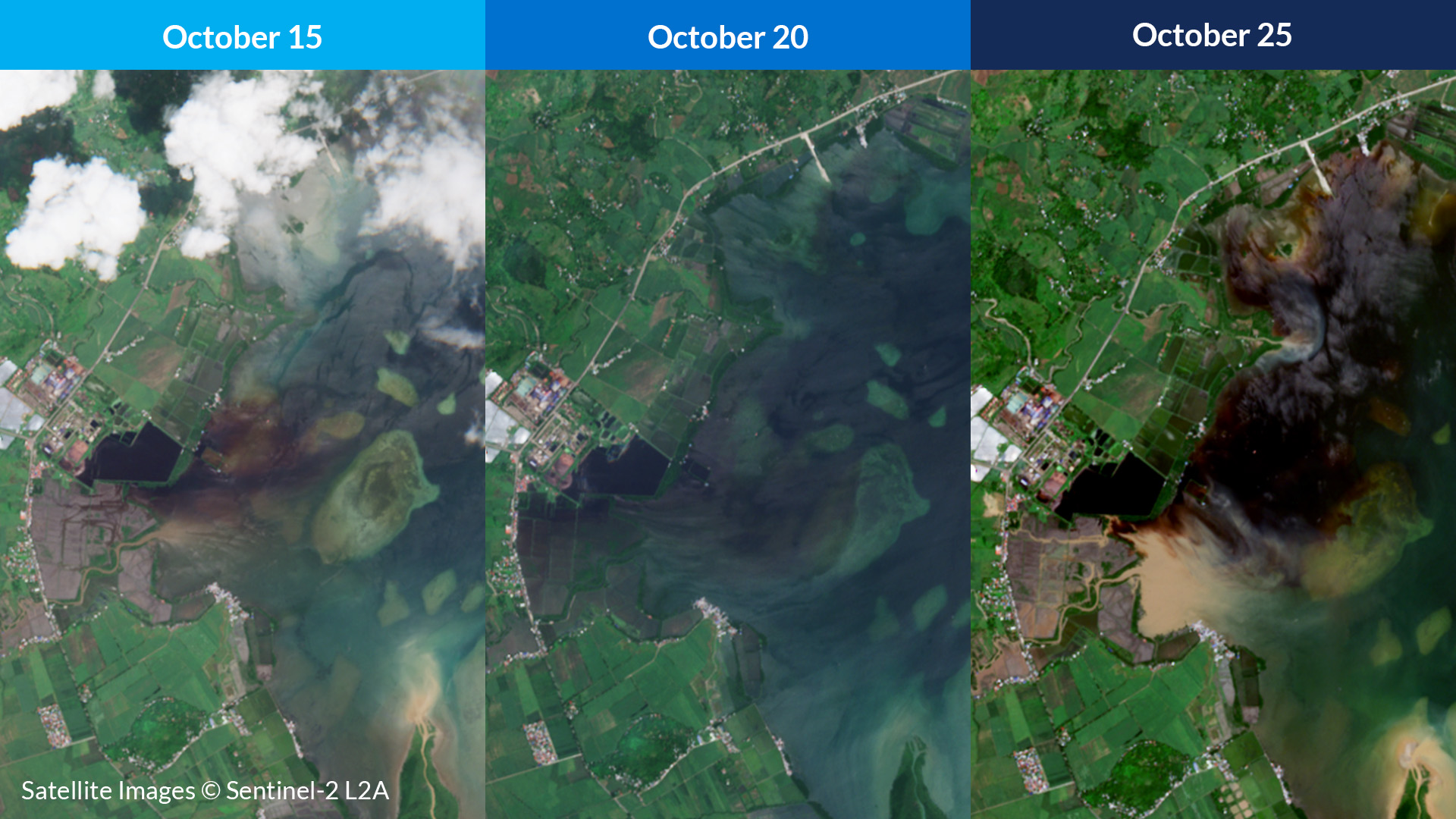












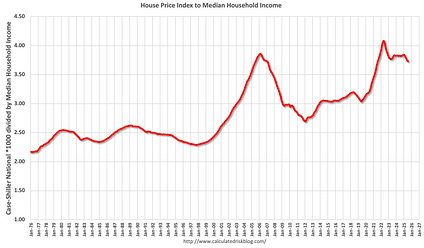














.jpg?h=50da7ea4&itok=DTgFLdpn#)










